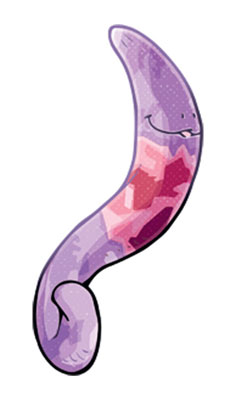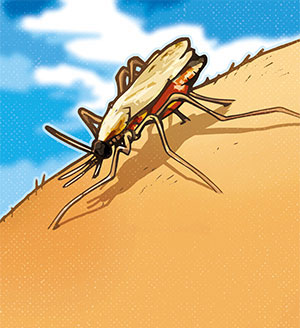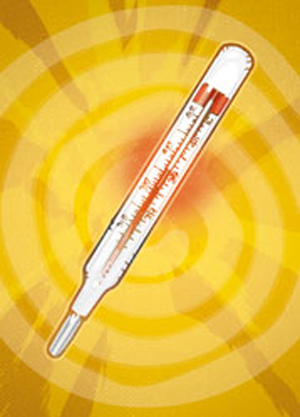By continuing your visit to this site, you accept the use of cookies.
Learn + I agreePlasmodium falciparum

A serious disease
Malaria is a serious disease that can be deadly. It is endemic1 in about a hundred countries in the world, in sub-Saharan Africa, in Asia, in Central and South America and some islands of the Pacific Ocean. It is highly dangerous for children and pregnant women.
The parasite enters the blood circulation and goes to the liver where it multiplies. It then invades the red blood cells2 and destroys them. Malaria is characterized by fevers occurring usually every 3 days and a flu state, sometimes with nauseas and diarrheas.
Evening Mosquitoes
Plasmodium falciparum is one of the five parasites responsible for malaria. It is also the most dangerous amongst them. This parasite is transmitted by the mosquitoes of the Anopheles genre, which contains over a hundred different species.
The female bloodsucking mosquito transmits the parasite during the dusk or nightly blood meal.
Anopheles can be recognized by their tiled position on the skin. They stand with their head facing towards the ground and abdomen in the air.


The type of antiparasitic drugs prescribed will differ depending on the severity of the symptoms, but a doctor’s advice is always required.
Every year, thousands of people travelling to tropical and subtropical areas are affected by malaria. 300 to 400 of cases are identified each year in Switzerland, mainly from travelers returning from trips to Africa (numbers FOPH 2017).

Go see a doctor
In case of fever over 38°C, during or after a trip in an area with risks to contract malaria, it is imperative that you go see a doctor as soon as possible. Early treatment could save your life.

Plan ahead
If you are planning on making a trip to a malaria high-risk area take preventively an antimalarial drug. If you are going to an area with medium or low risk, take a safety antimalarial drug with you that you can use if you have fever and no possibility to immediately see a doctor.
Endemic1 = Defines a disease which is present in a defined geographic area..
Red blood cell2 = Cell found in the blood that transports oxygen. The protein hemoglobin binds oxygen within the cell and delivers it to all other cells in the body. This cell does not have a nucleus.
